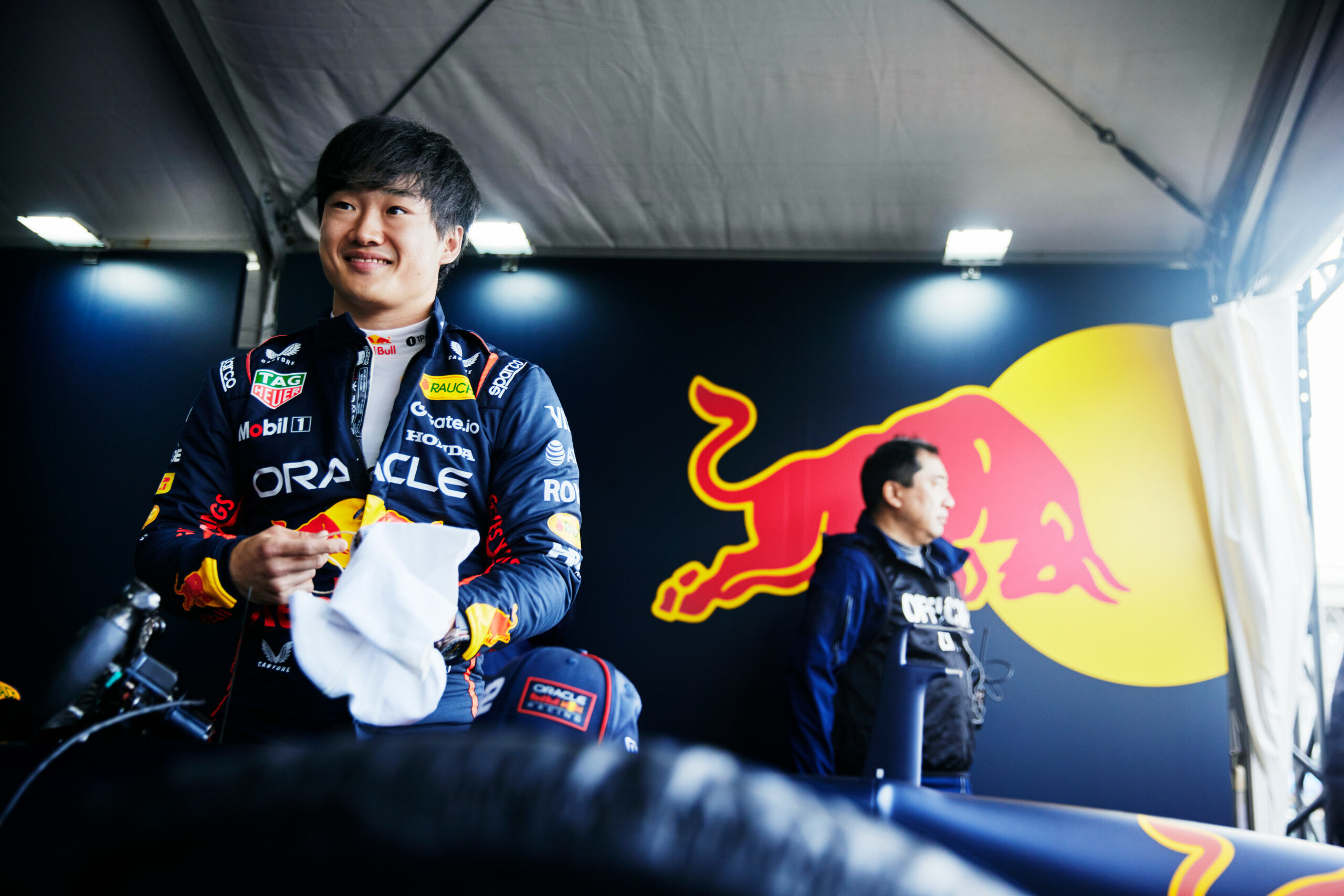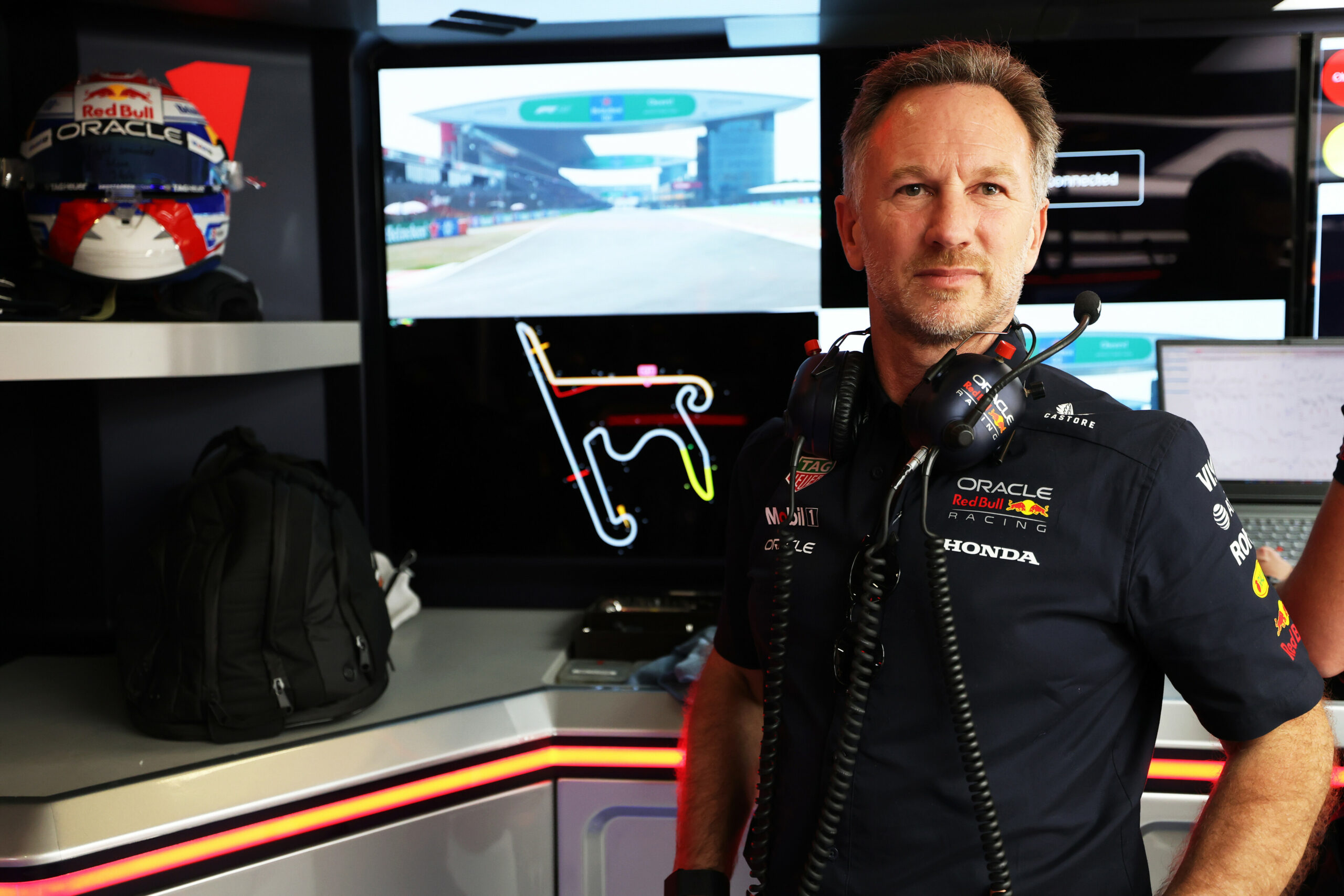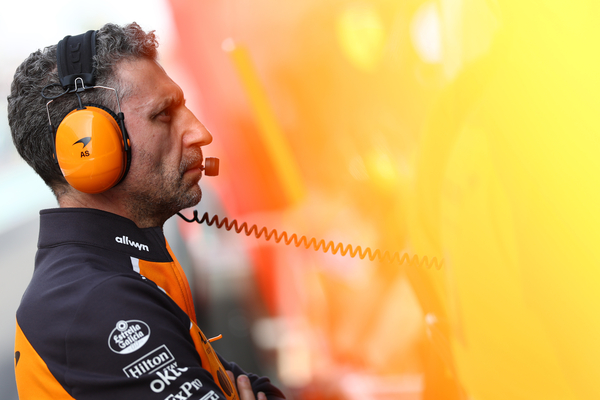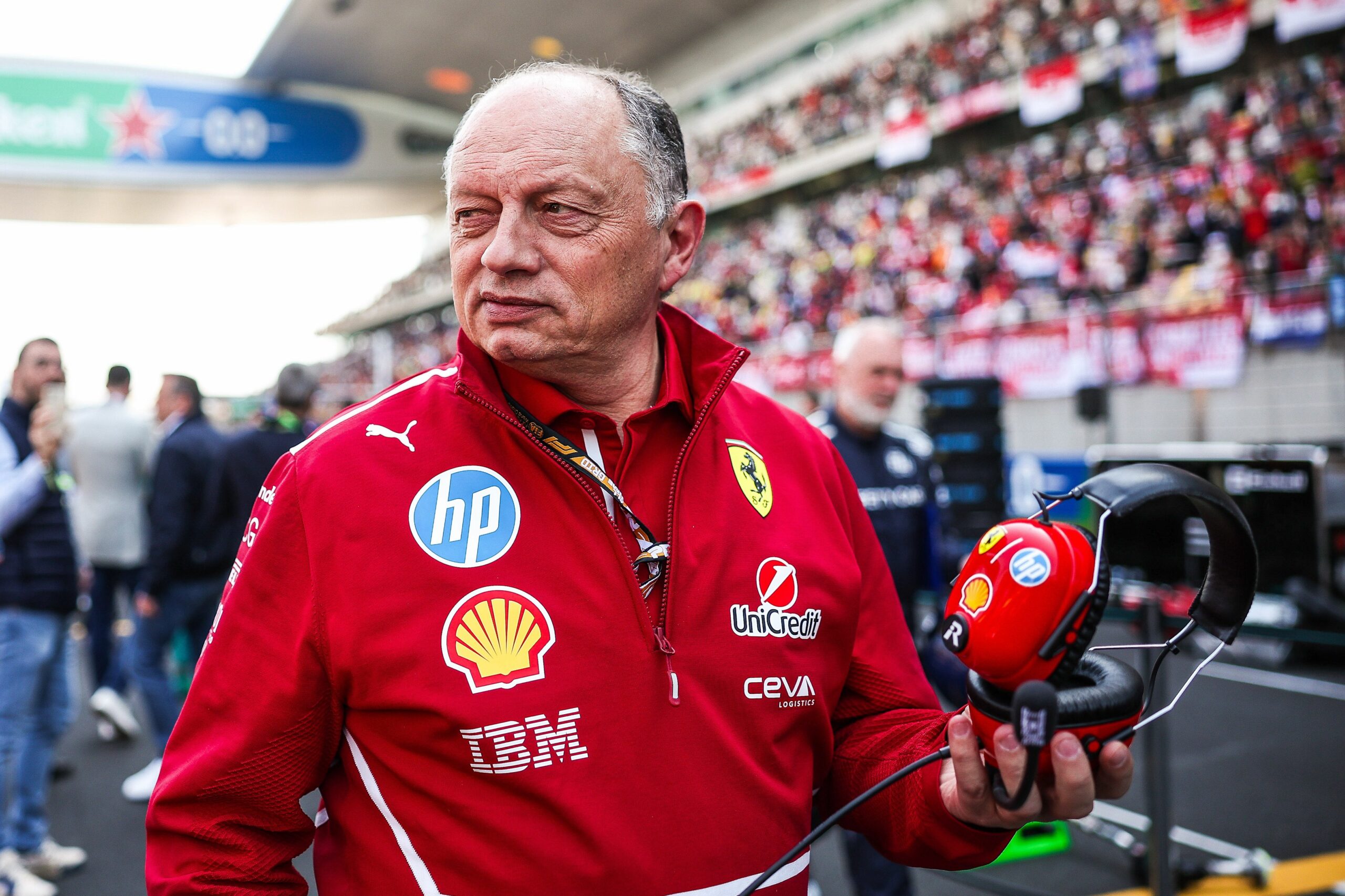With an all-new set of car rules and regulations set to debut for the 2026 F1 season, the FIA has moved to formalise a ban on teams from doing any preliminary aerodynamic testing or CFD work on the new cars until the start of 2025, along with several other minor amendments to the technical and sporting regulations ahead of the 2024 season.

Photo Credits: FIA
The move was agreed in an F1 Comission meeting recently, and has now been made formal by the FIA. It brings a late change in regulations in order to avoid teams using the month of December in their ATR (Aerodynamic Testing Restrictions) to develop the 2026 machines.
With the changes coming into force as of December 1st of 2023, teams are strictly prohibited from doing any aerodynamic testing and bodywork related development using wind tunnel and CFD tools until January 2nd of 2025.
“In order to prevent testing which aims to develop for the 2026 season, from 1/12/2023 until 1/1/2025 inclusive, RWTT [restricted wind tunnel testing] may only be carried out using a scale model that substantially complies with the 2023, 2024 or 2025 F1 technical regulations,” the update rules read.
“With the exception of dyno testing aimed to develop brake system components with minimal air ducting and provided such tests do not concurrently test (or in any way provide incidental data or knowledge on) the performance or endurance of parts or systems classified as bodywork, no wind tunnel testing may be carried out using car geometry partially or wholly compliant with and/or substantially derived from drafts and/or published versions of the 2026 F1 technical regulations or FIA proposed 2026 bodywork geometries and concepts.”
However, teams are still allowed to do preliminary work on other aspects of their 2026 challengers that do not involve aerodynamic testing.
The updated regulations for the 2024 season also include notable changes to the pre-race procedure, which states that the pit lane will now open just 40 minutes ahead of the grand prix starting, compared to the 50 minutes seen throughout the 2023 season.
Regarding drivers starting from the pits, teams are now only allowed to work on the cars for 90 seconds after the start of the formation lap, regardless of if the pack having reached the grid or not.
It has also been confirmed that the trialled ATA (Alternative Tyre Allocation) weekends will not be returning in 2024. The ATA ordered drivers to use just 11 sets of tyres throughout the event – with a mandated use of hard tyres in Q1, mediums in Q2 and softs in Q3 – in order to save costs and pushing for environmental gains.
Four days of testing have been specifically designated for testing of proposed wheel covers to reduce spray during wet races, and the number of Pirelli tyre testing days has also been increased from 35 to 40 days.
Another interesting change is regarding the scrutineering after qualifying sessions, which now no longer requires the scrutineers to inspect “at least three cars”, and instead refers to the FIA selecting “specific” cars for further verifications. This has proved controversial in the past, with the disqualification of Lewis Hamilton after his Mercedes failed post-qualifying checks on the DRS after qualifying for the 2021 São Paulo GP.




